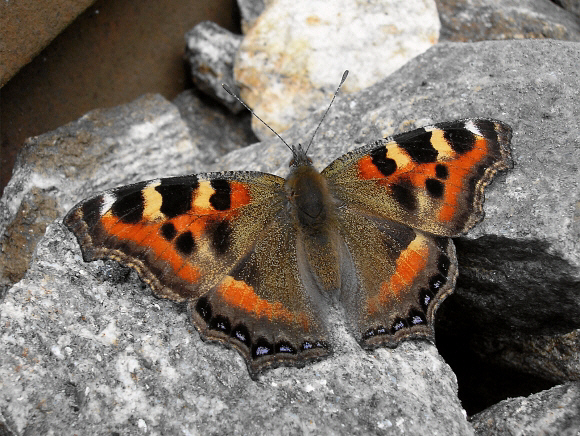
Introduction
There are 6 species in the genus Aglais, which some workers now consider to be a subgenus within Nymphalis. The Aglais are distinct from Nymphalis in being somewhat smaller in wingspan, and with brighter and more contrasty markings, but the basic wing pattern and colours are very similar.
The most well known and widespread member of the genus is the Small Tortoiseshell Aglais urticae, which occurs across the whole of Europe and most of temperate Asia, but does not occur south of the Himalayan mountains.
There are 3 species found in the Himalayas – ladakensis and rizana are restricted to the western Himalayas, while the illustrated species caschmirensis has a wider distribution, being found across the Himalayan foothills from Kashmir to Sikkim, Bhutan and Tibet.
Habitats
This species is found on flowery slopes and other semi-open rural habitats in the foothills of the Himalaya, at altitudes between about 1000-4000m.
Lifecycle
The larval foodplant is Urtica ( Urticaceae ).
Adult behaviour
Both sexes feed avidly at the nectar of wild and cultivated flowers. Early or late in the day when temperatures are cool they bask on bare ground, or on rocks, with their wings fully outspread. In very warm conditions they settle on soil, and hold their wings erect.
